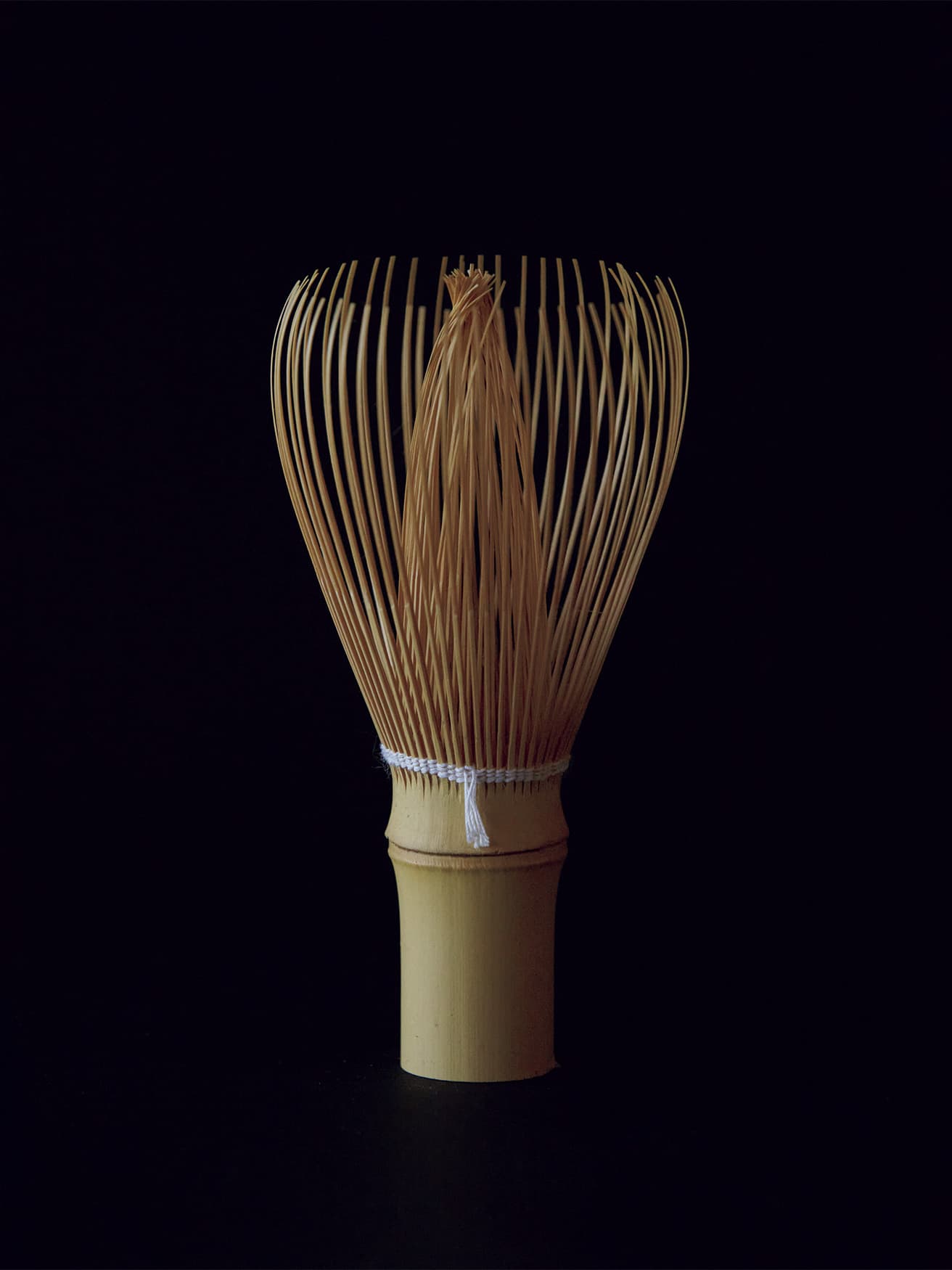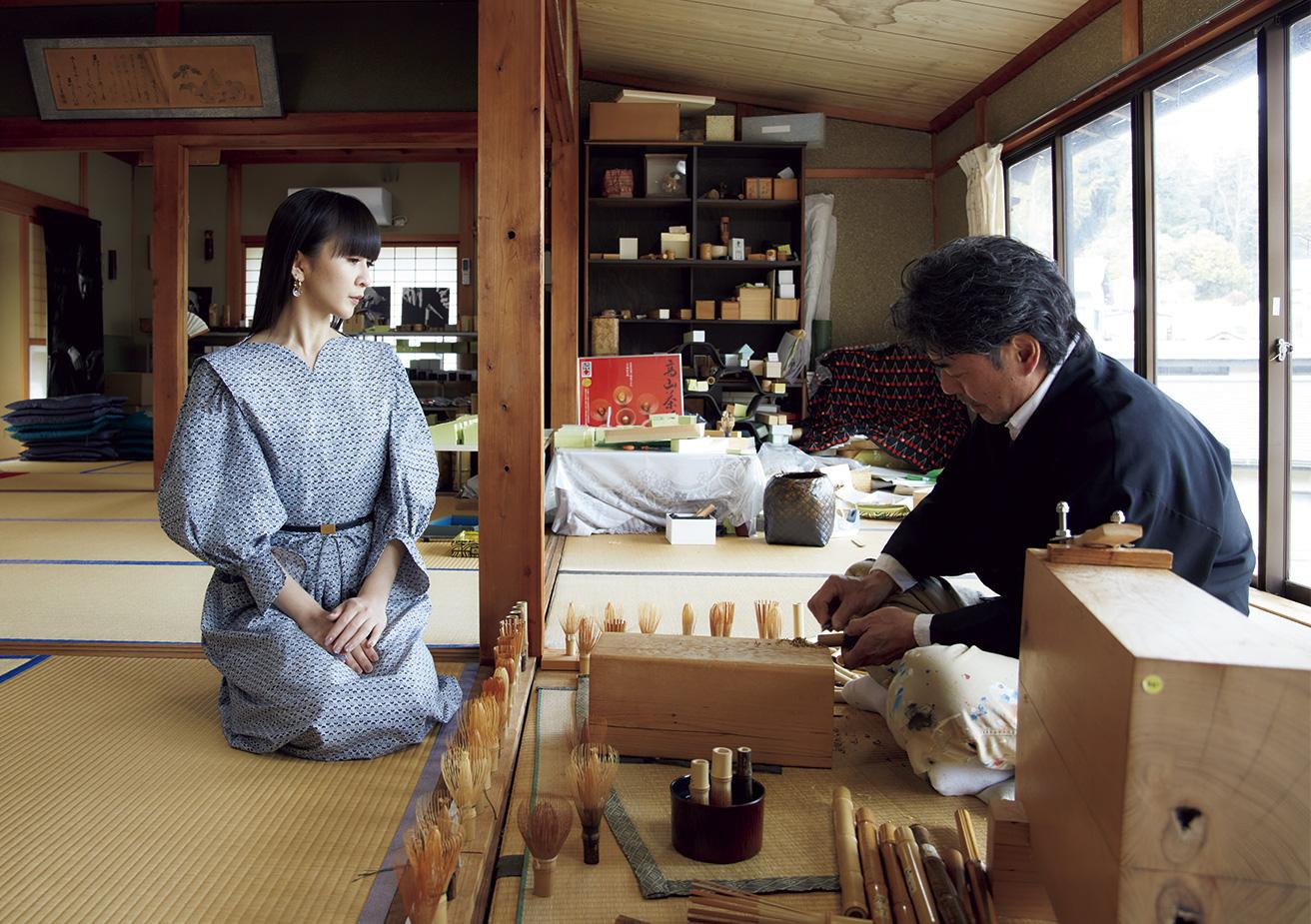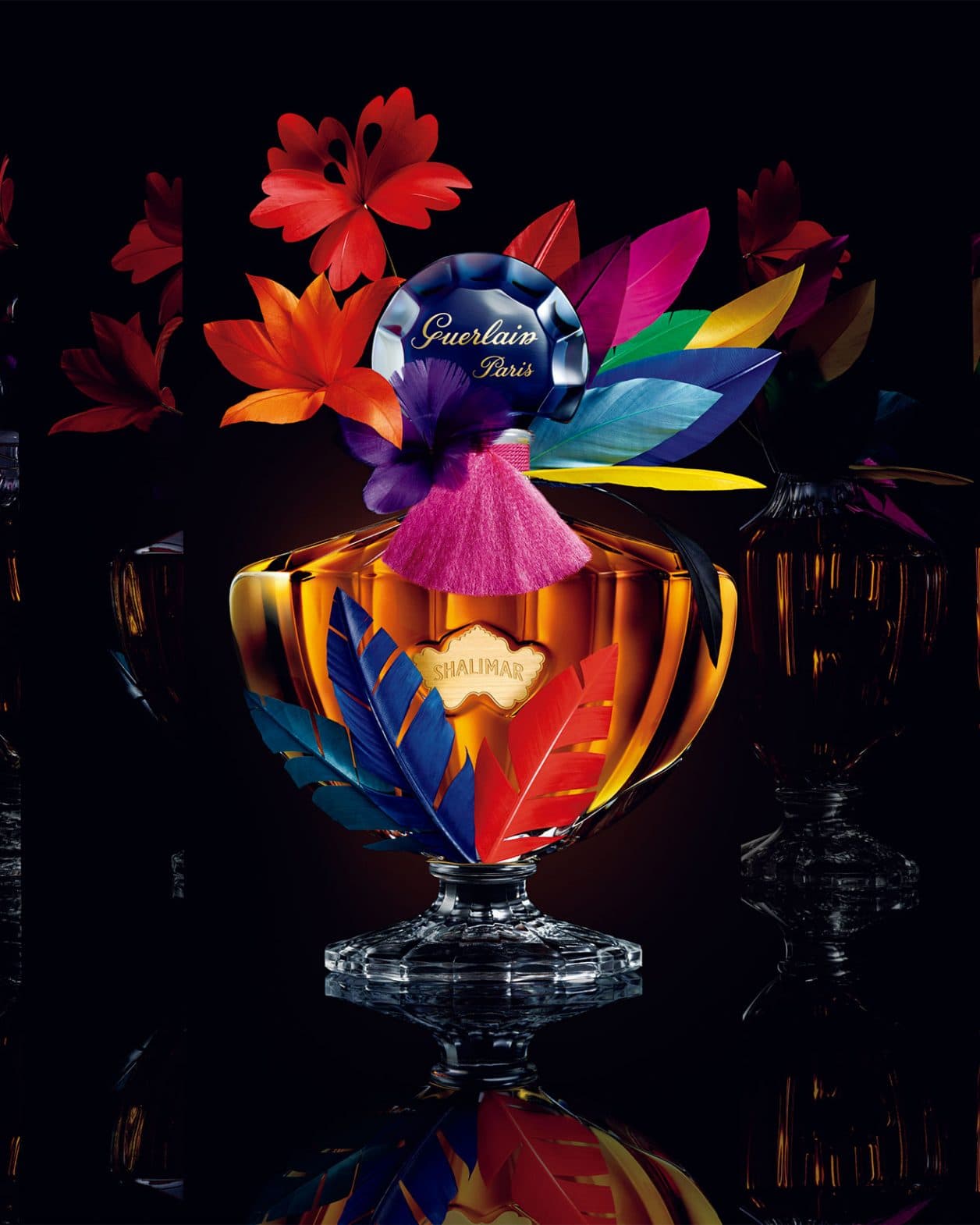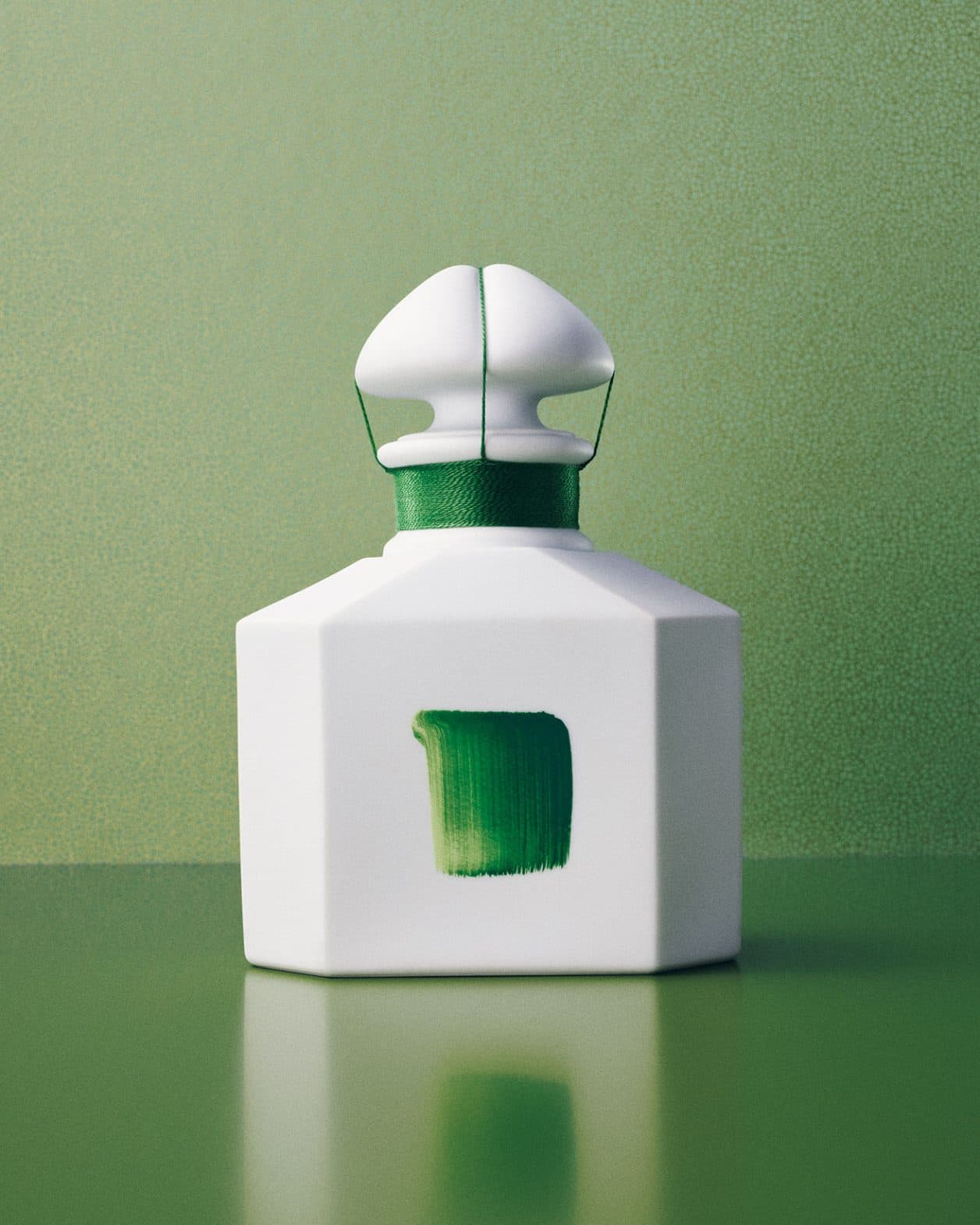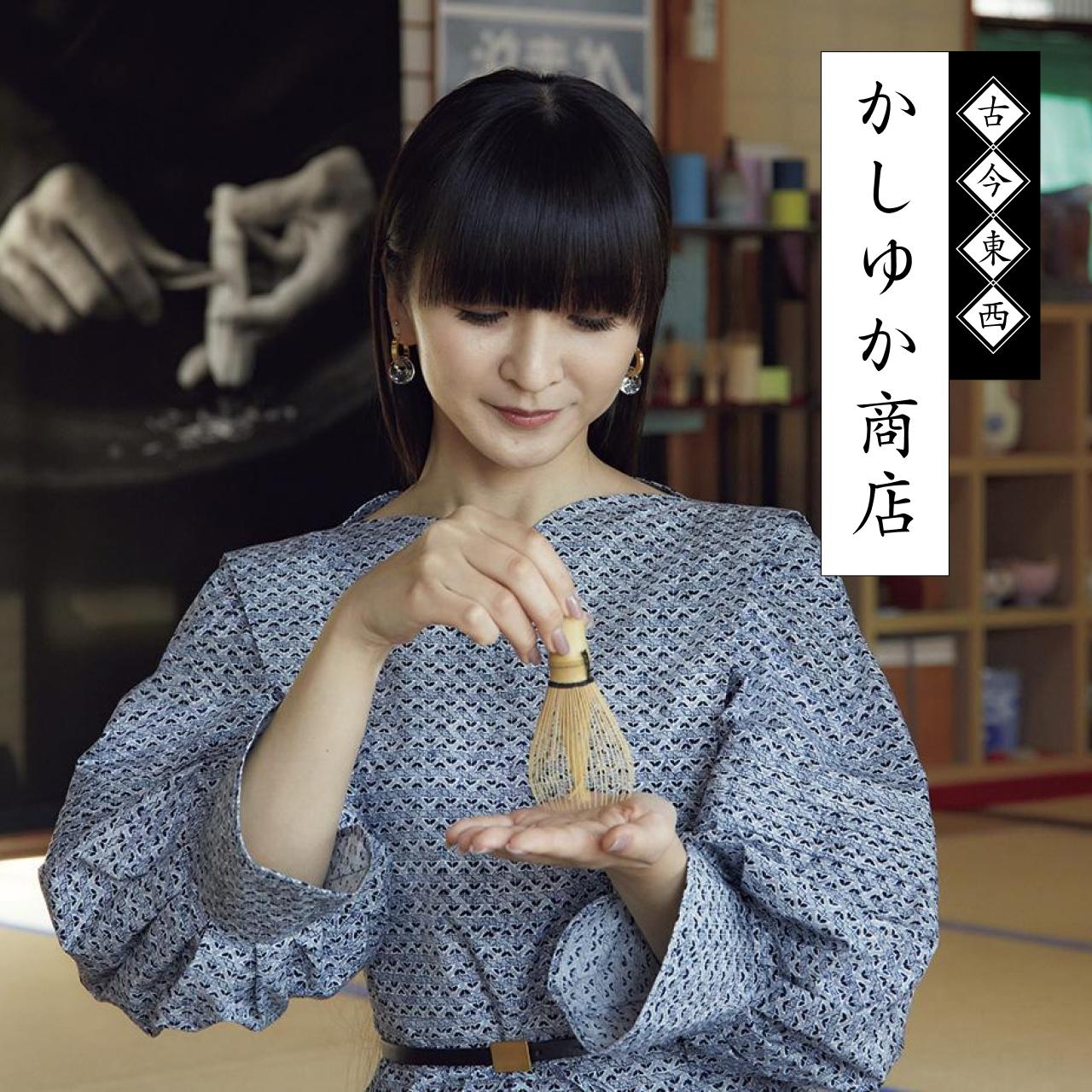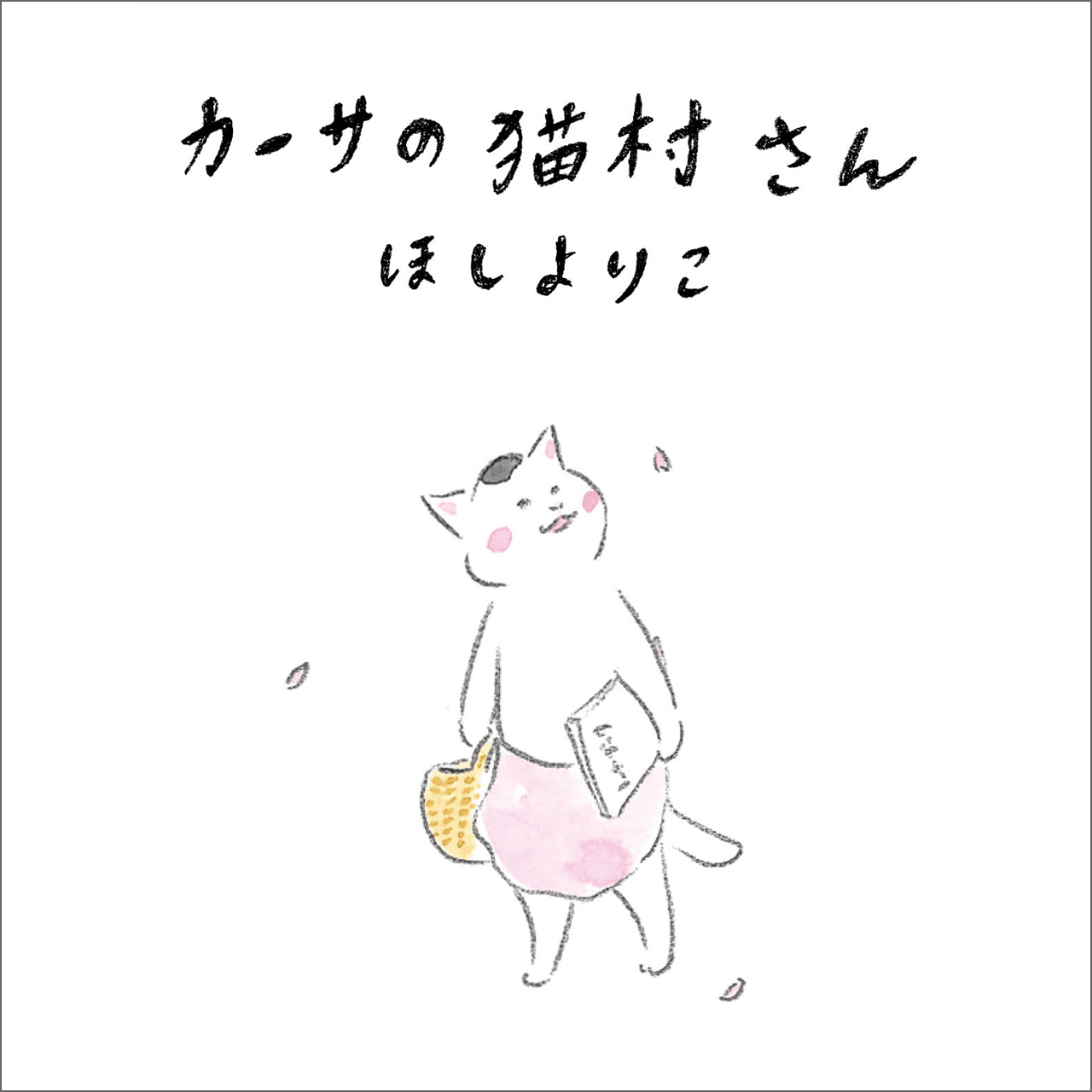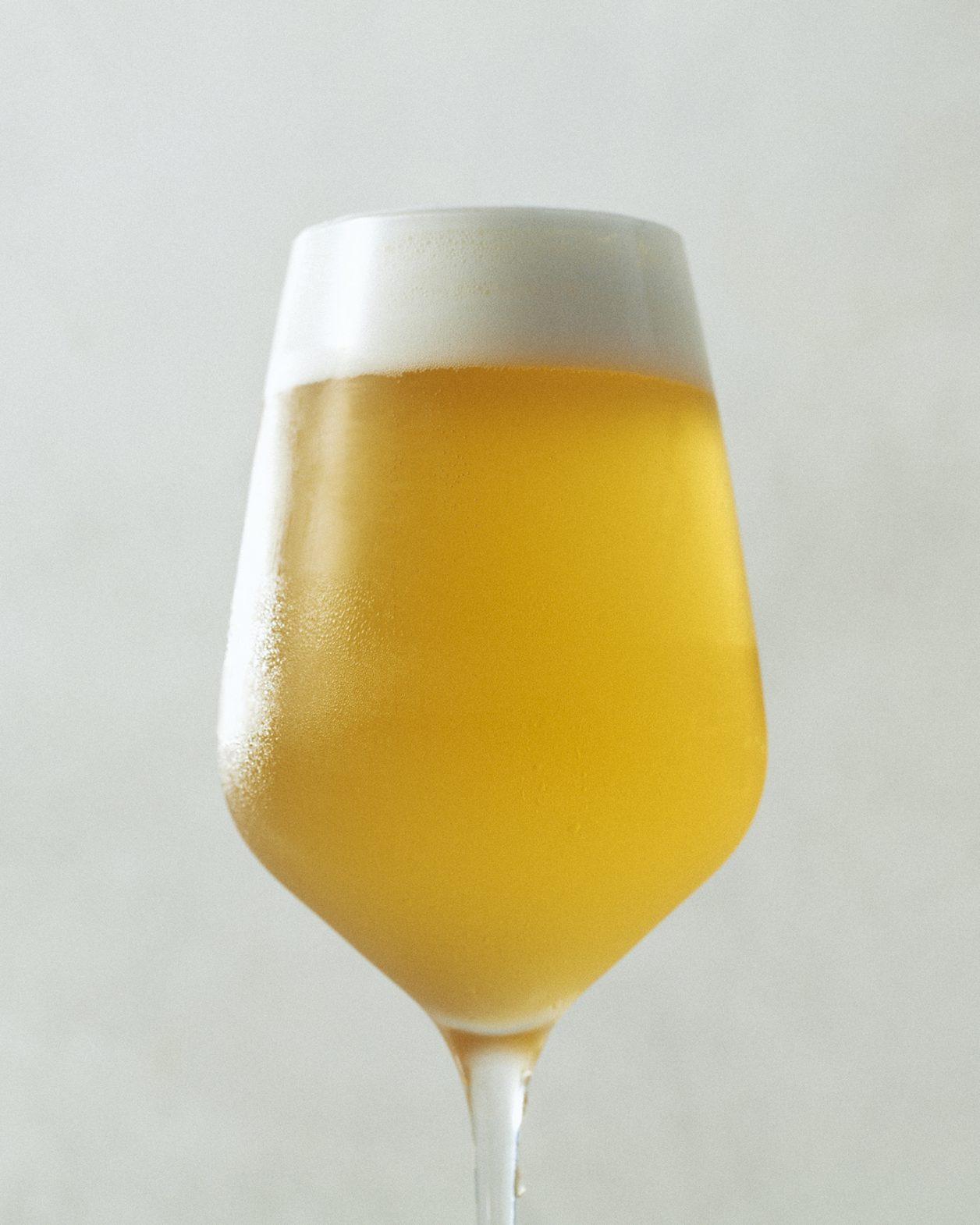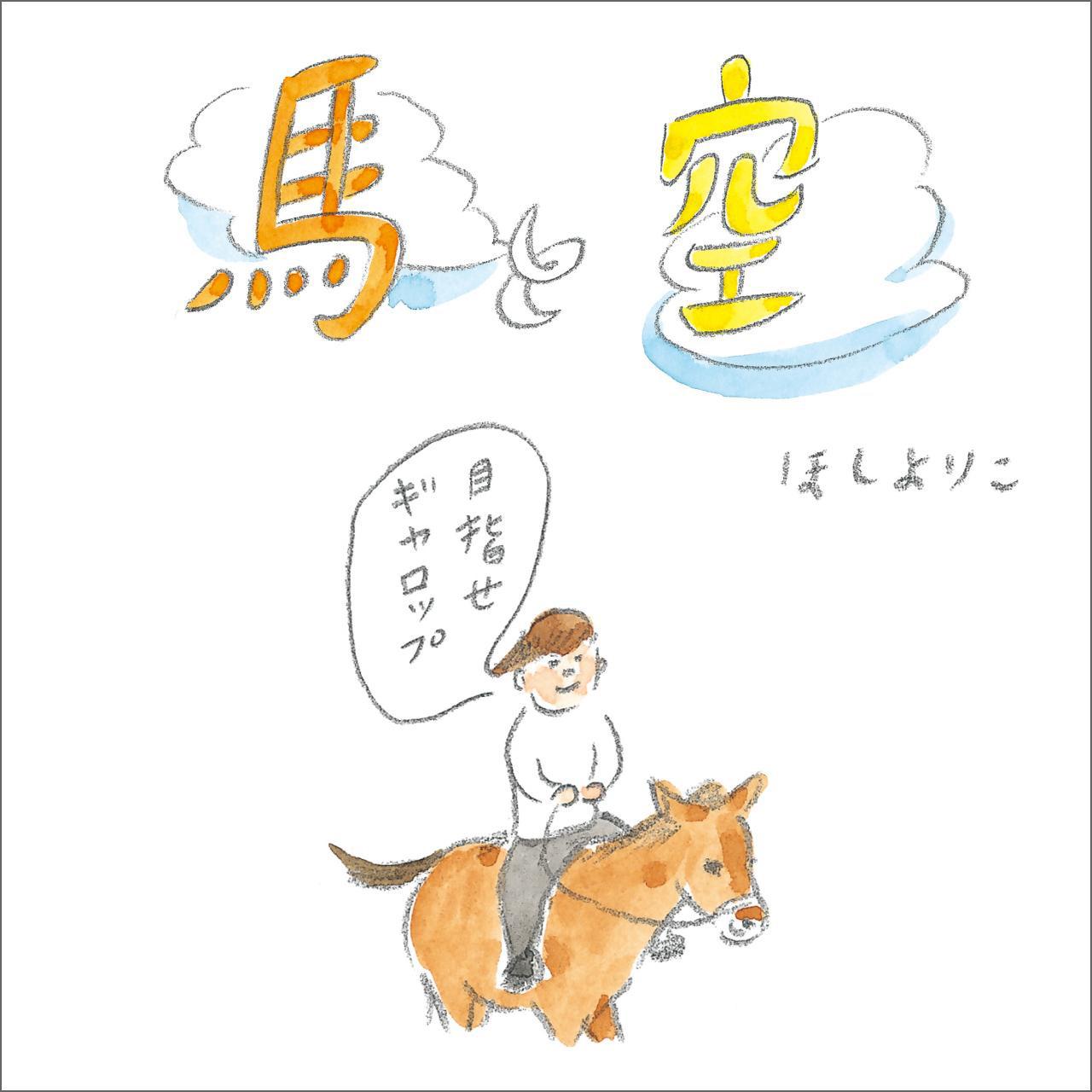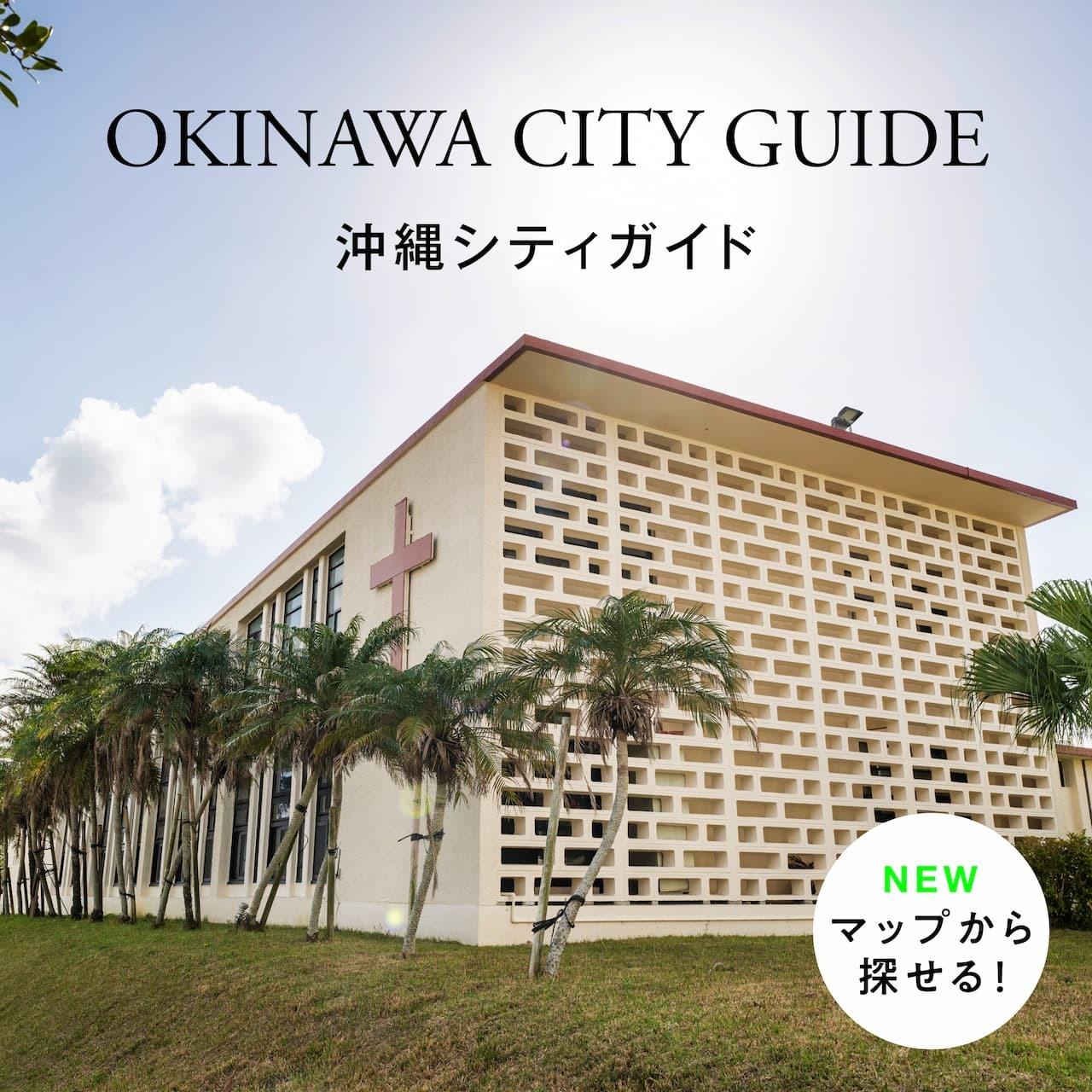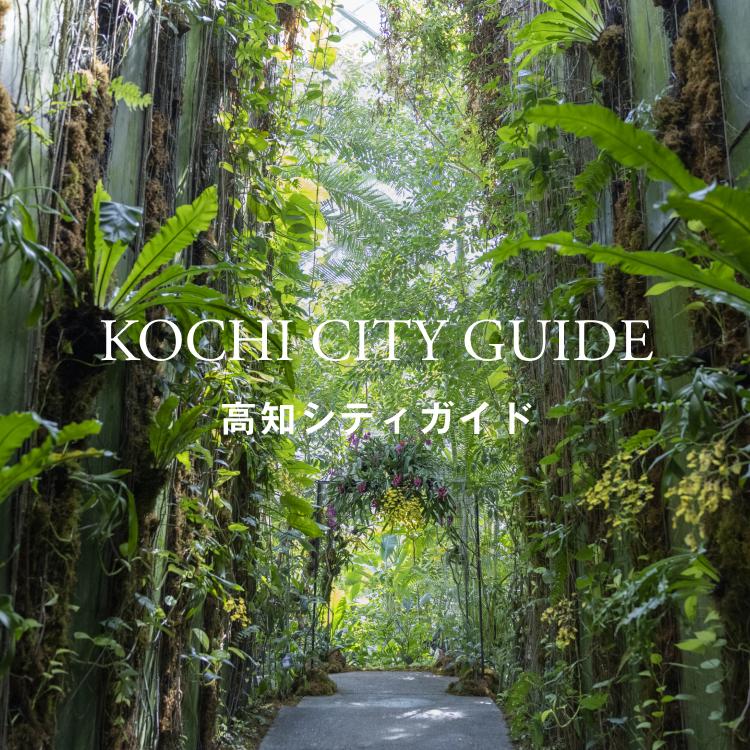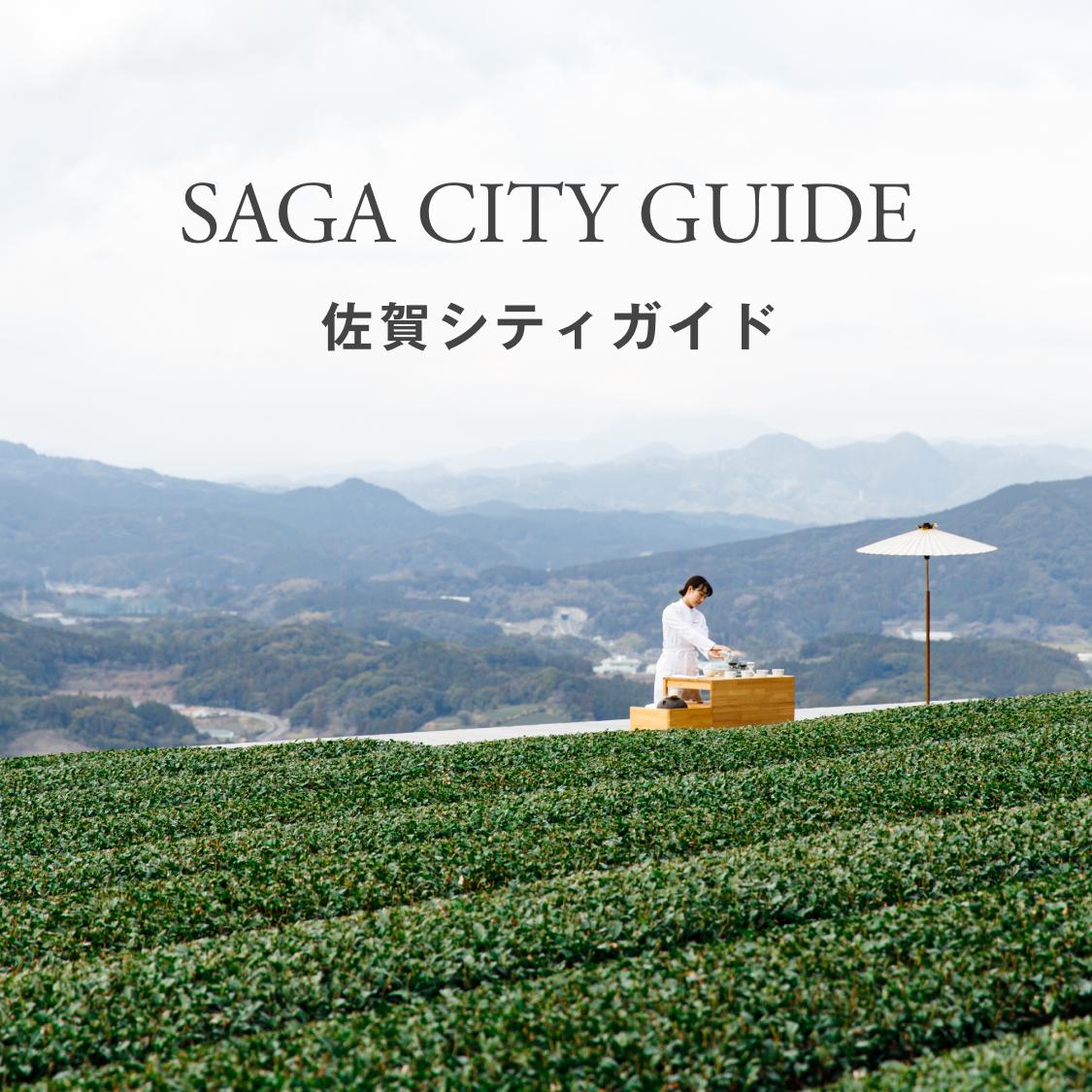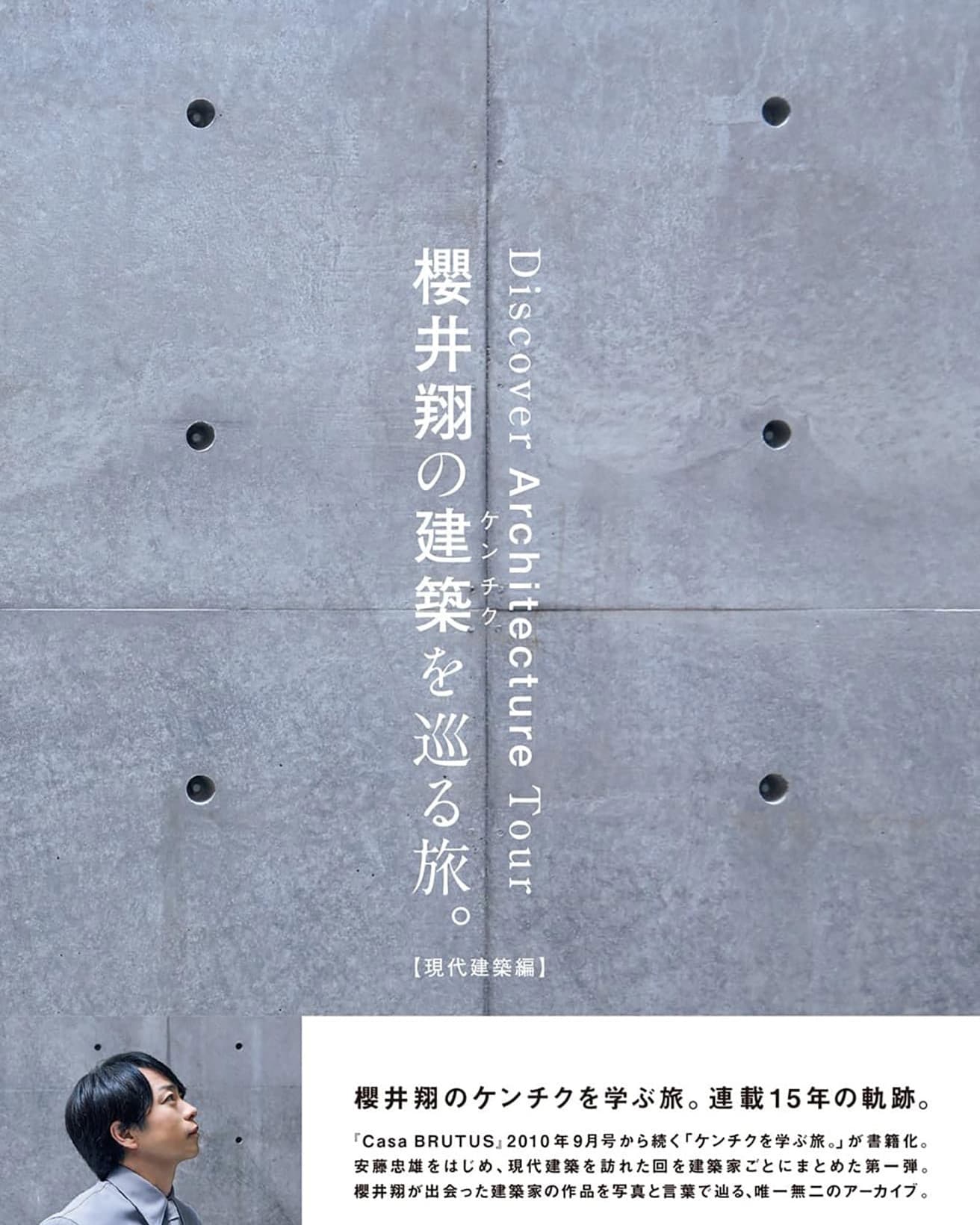DESIGN
Kokontozai: KASHIYUKA’s Shop of Japanese Arts and Crafts — Hachiku Tea Whisk
『カーサ ブルータス』2023年5月号より
| Design | KASHIYUKA’s Shop of Japanese Arts and Crafts | photo_Keisuke Fukamizu hair & make-up_Masako Osuga editor_Masae Wako translation_ Mika Yoshida & David G. Imber
Searching all of Japan for handcrafted items that express its heart and soul, our proprietor, KASHIYUKA, presents things that bring a bit of luxury to everyday life. For the first time, we’ll be examining one of the many handcrafted implements used in the traditional chanoyu or tea ceremony. Our visit was to Takayama, Nara prefecture, an area known for its production of tea whisks, to a studio with a 500-year history.
Loading...
Loading...

![The area of Takayama, Ikoma city, Nara prefecture. Kashiyuka visits the studio of Mr. Tahngo Tanimura, 20th-generation head of the Tanimura family. They’ve been making tea whisks since the Muromachi era [1336 – 1573]. Our proprietor is served a proper tea in the tea ceremony space on premises, and being unaccustomed to the practice, is somewhat uncertain about how to proceed.](/_next/image?url=https%3A%2F%2Fwp2022.casabrutus.com%2Fwp-content%2Fuploads%2F2023%2F04%2F0411japaneseartsandcrafts02_1312.jpg&w=3840&q=75)
